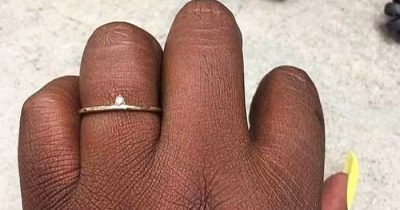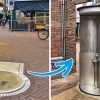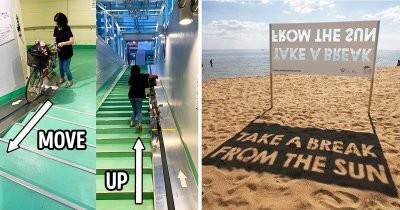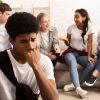creativity
Woman Restores ‘Unrestorable’ Pictures, And The Result Is Amazingly Perfect
Michelle Spalding takes up requests to restore pictures and sometimes, she comes across the last piece of them under badly damaged conditions. She loves challenges and when faced with pictures like the one below, she can’t help but do her best to create an incredible reconstruction of the old picture.
So far, she has restored family pictures and the only pictures some people have of the people they care about or themselves.
This is the only picture of a woman when she was young with her grandparents.
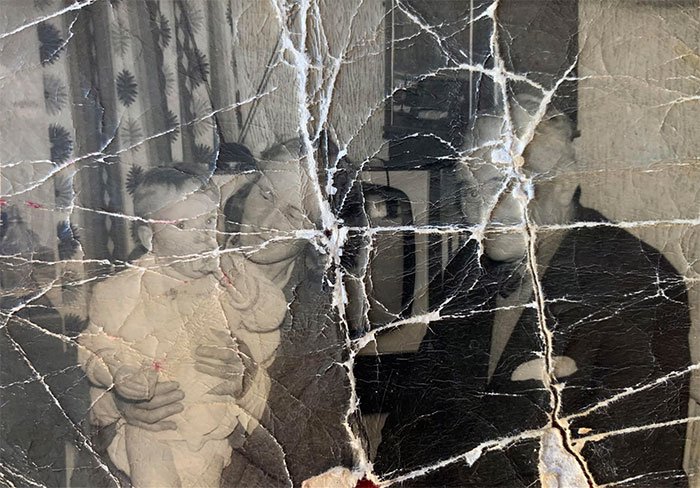

The process of restoring the picture is, of course, time-consuming and even tedious at times.
“The original image is on the left. On the right is the image after reducing the contrast adjacent to the tears and cracks, then filling the cracks using sampling of adjacent pixels,” Michelle explains.
“This can be done using tools in Photoshop like “content-aware” fill or the healing brush. However, in areas where accurate detail is critical (such as faces), I prefer to do this step manually by eye, as it keeps the highest number of undamaged pixels intact.”
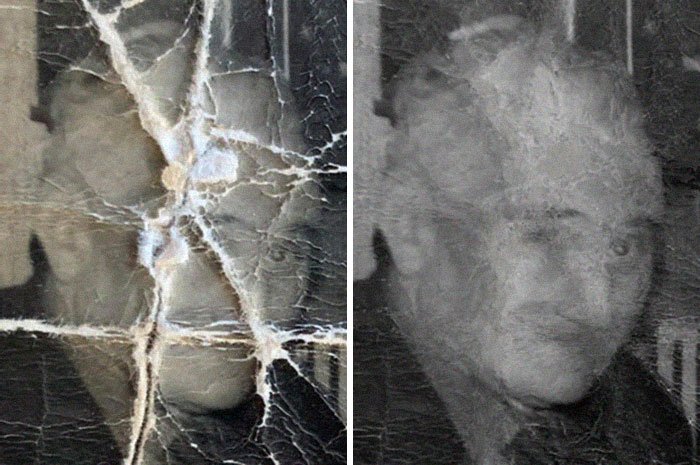
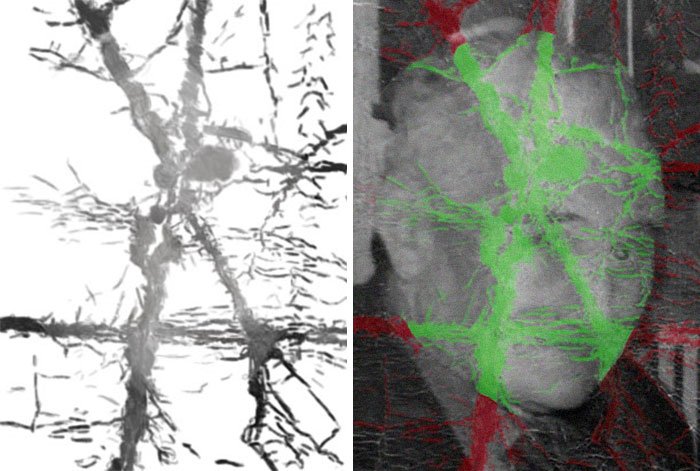
The sampled greys here were used to fill the cracks and tears and they are the green area on the right that shows missing emulsion or data. She creates a separate layer and work only on the missing area without editing undamaged or intact areas at all. She doesn’t blend them in as well.
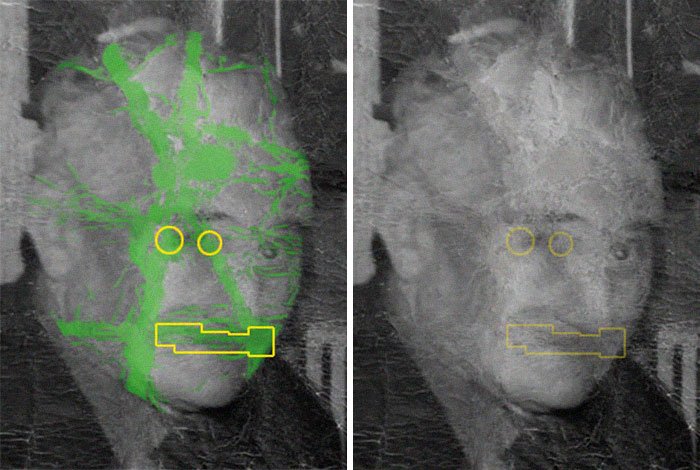
She uses dodged or burned transitions to recover the facial features and the yellow marked areas are where ‘critical detail has been lost’. They are challenging to be restored since you kind of have to make a guess of what they might have looked like. Thankfully, these are rather small areas of the person in the picture.
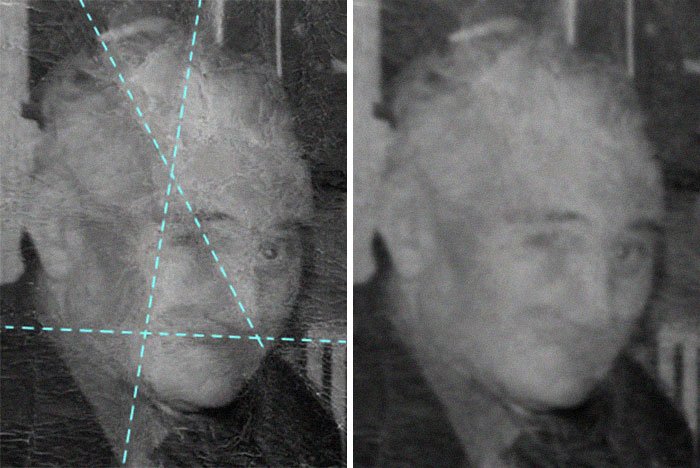
“Scanning a damaged photo will often leave highlights and shadows that can be misleading,” Michelle reminds. She works on distinguishing real shadows vs. the ones made by the scanner. She also learns human anatomy to make sure she creates the right shading on the face of the man. She either squint or blur to see the shape better.
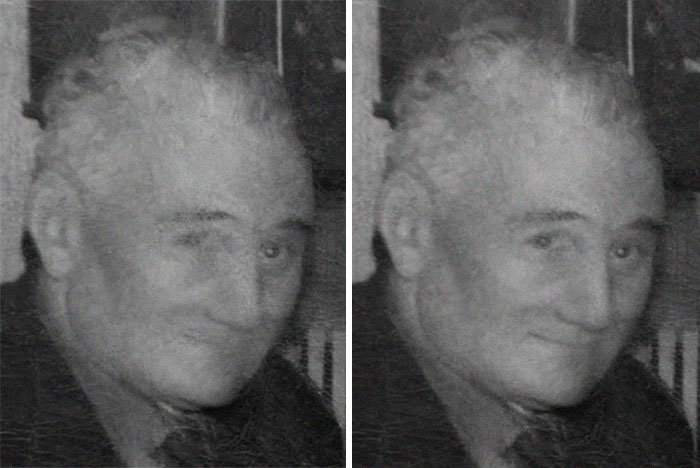
It might not be historically accurate, but she believes this is the closest as possible to reconstruct the face of the woman’s grandfather. She used sampling techniques and relies on small dodge/burn brushes to create a detailed result. She never uses shortcuts or tricks because the best results are the ones where you work on every pixel to create a satisfying result.
Removing tubes from a newborn baby.
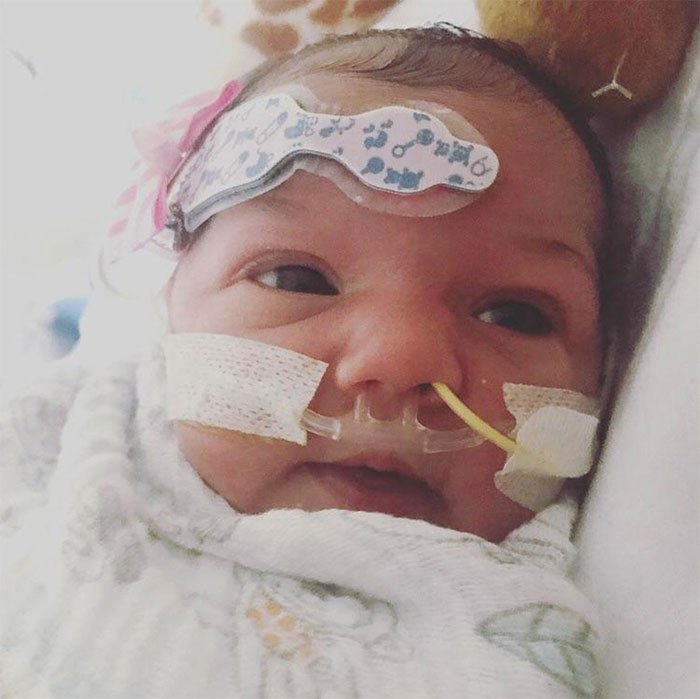
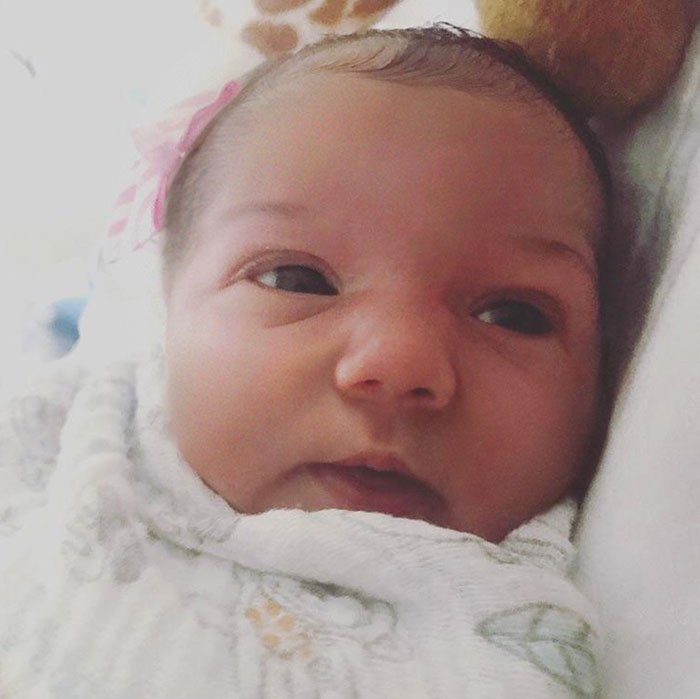
Restoring a client’s mother only picture from her youth.
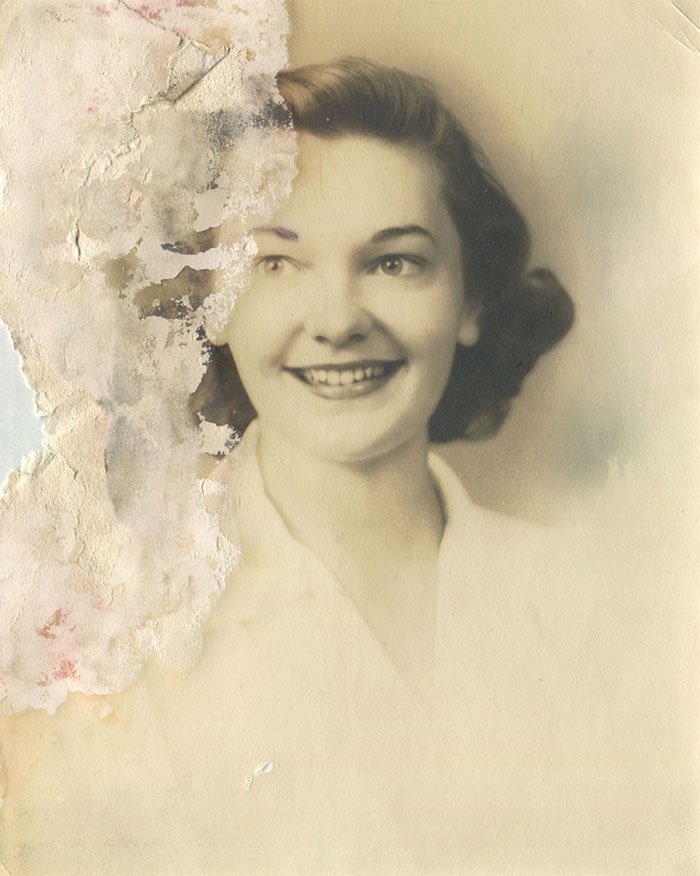

Restoring the only picture of a man’s mother who died when he was born.
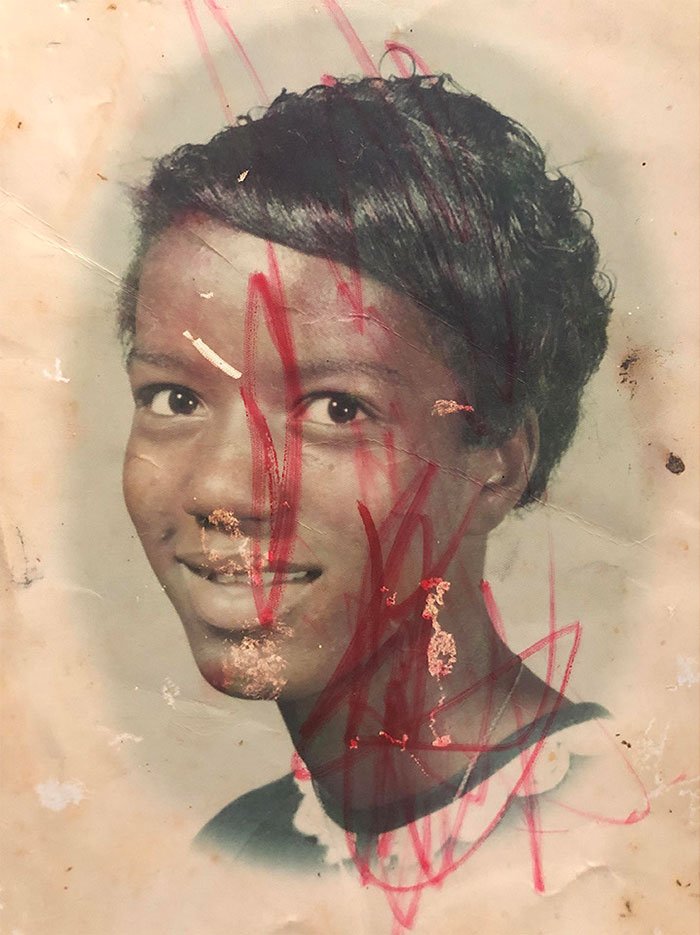

A family picture taken from early 1900s.
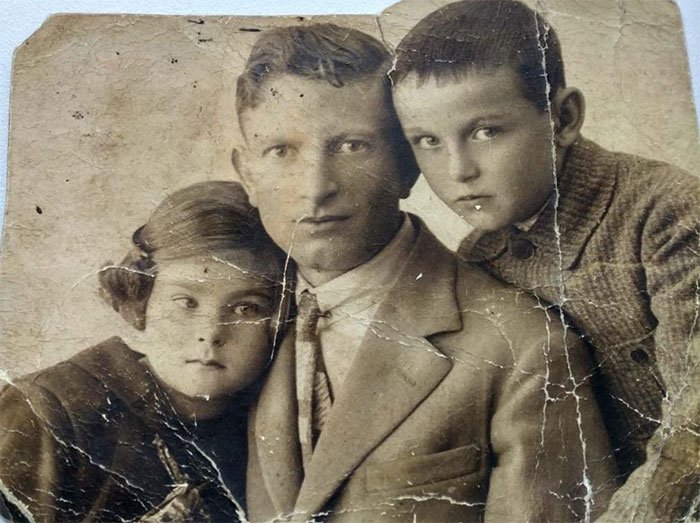
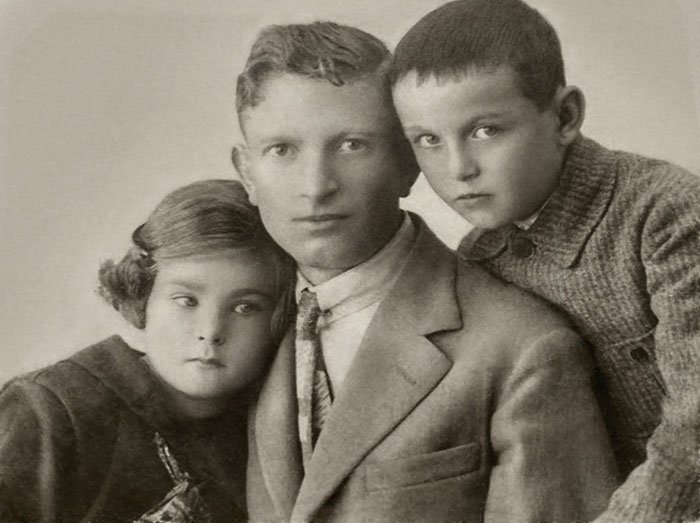
Restoring someone’s favorite picture of their uncle destroyed by a cat.
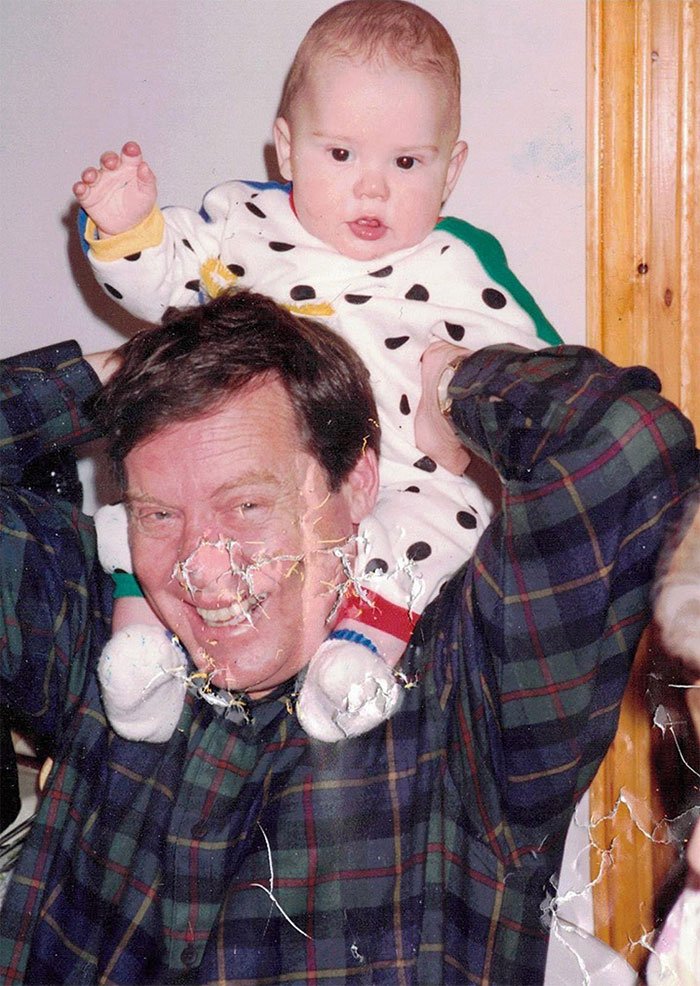
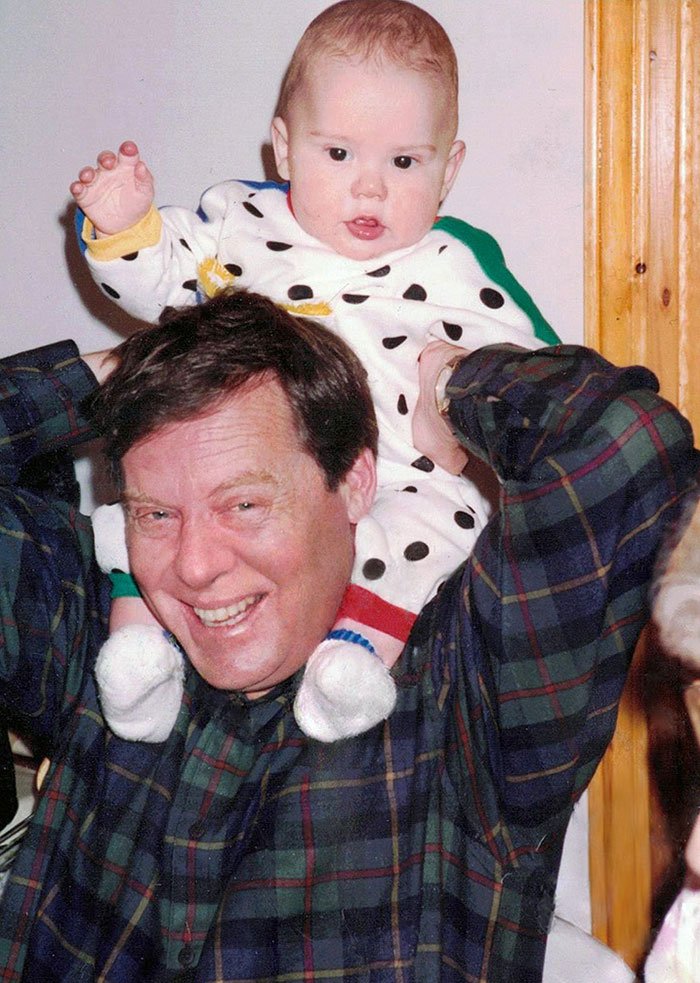
Restoring data loss of the client’s only picture during childhood.


Removing a vintage picture’s large shadow and restoring color.
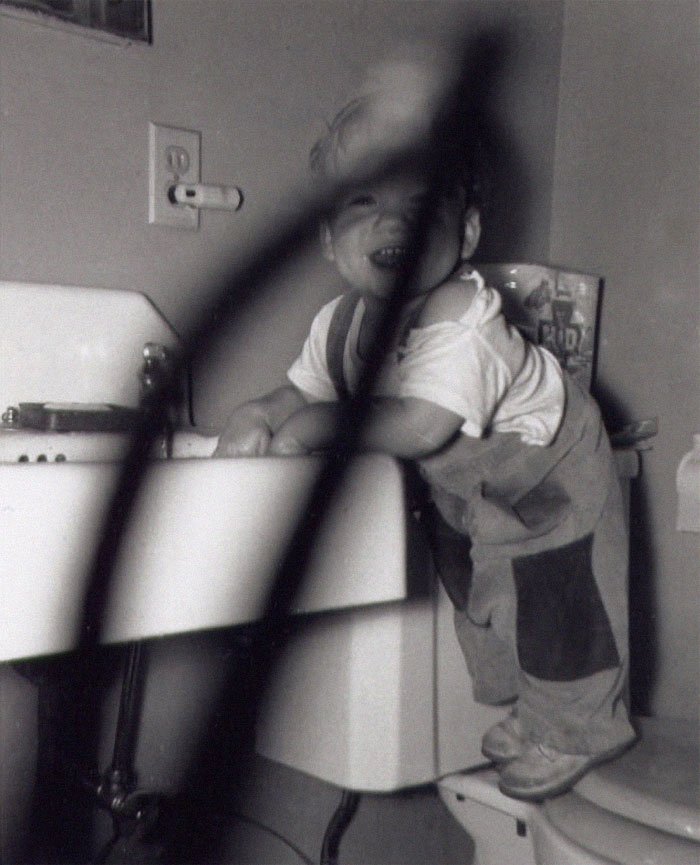
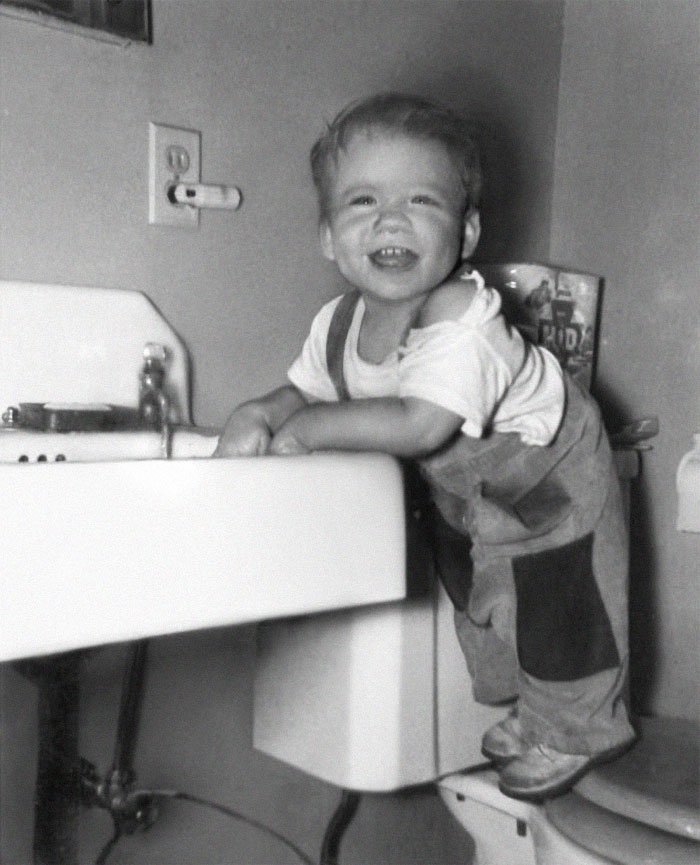

Only picture of the client’s ancestor as a child.


Restoration of a long lost relative’s picture.





